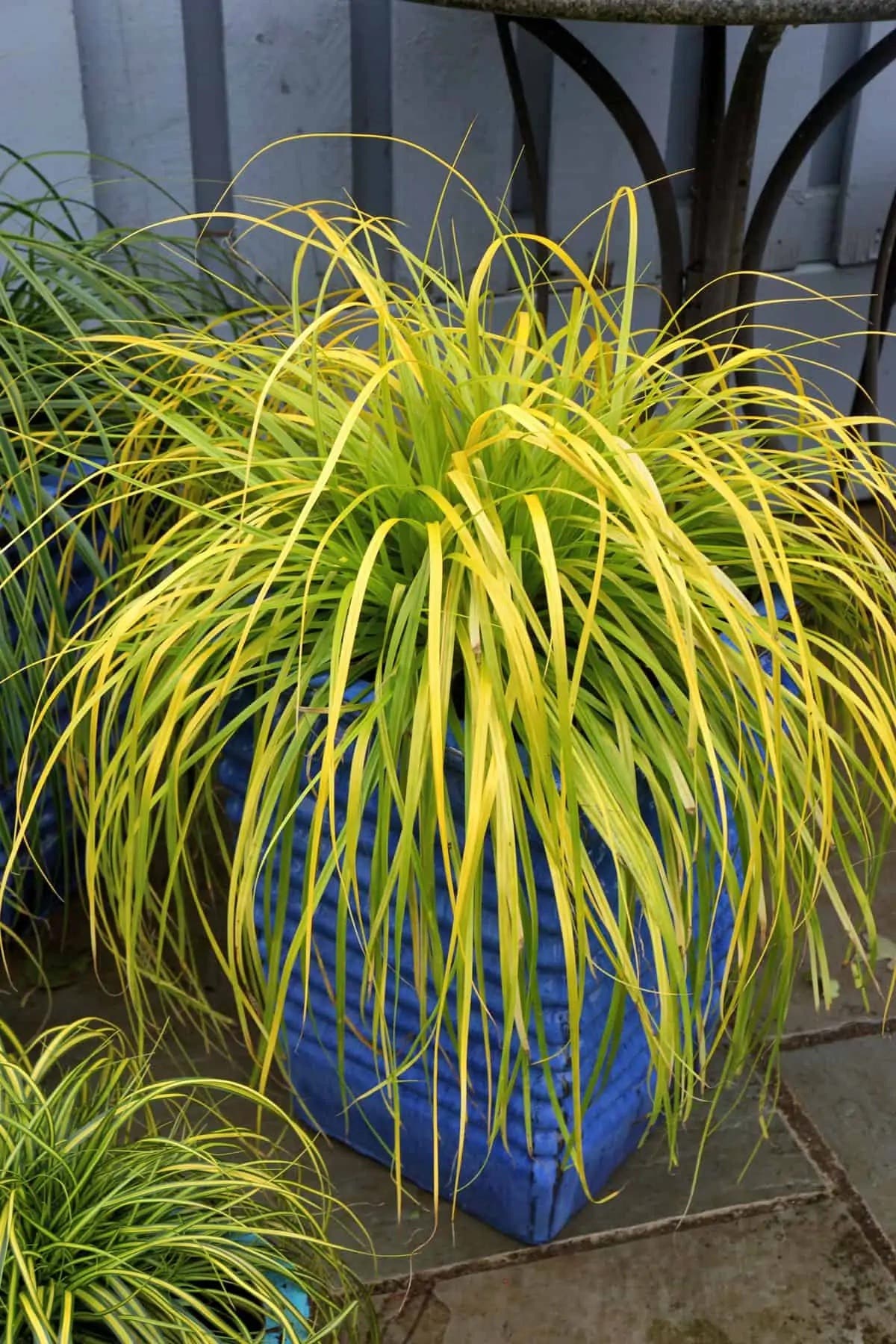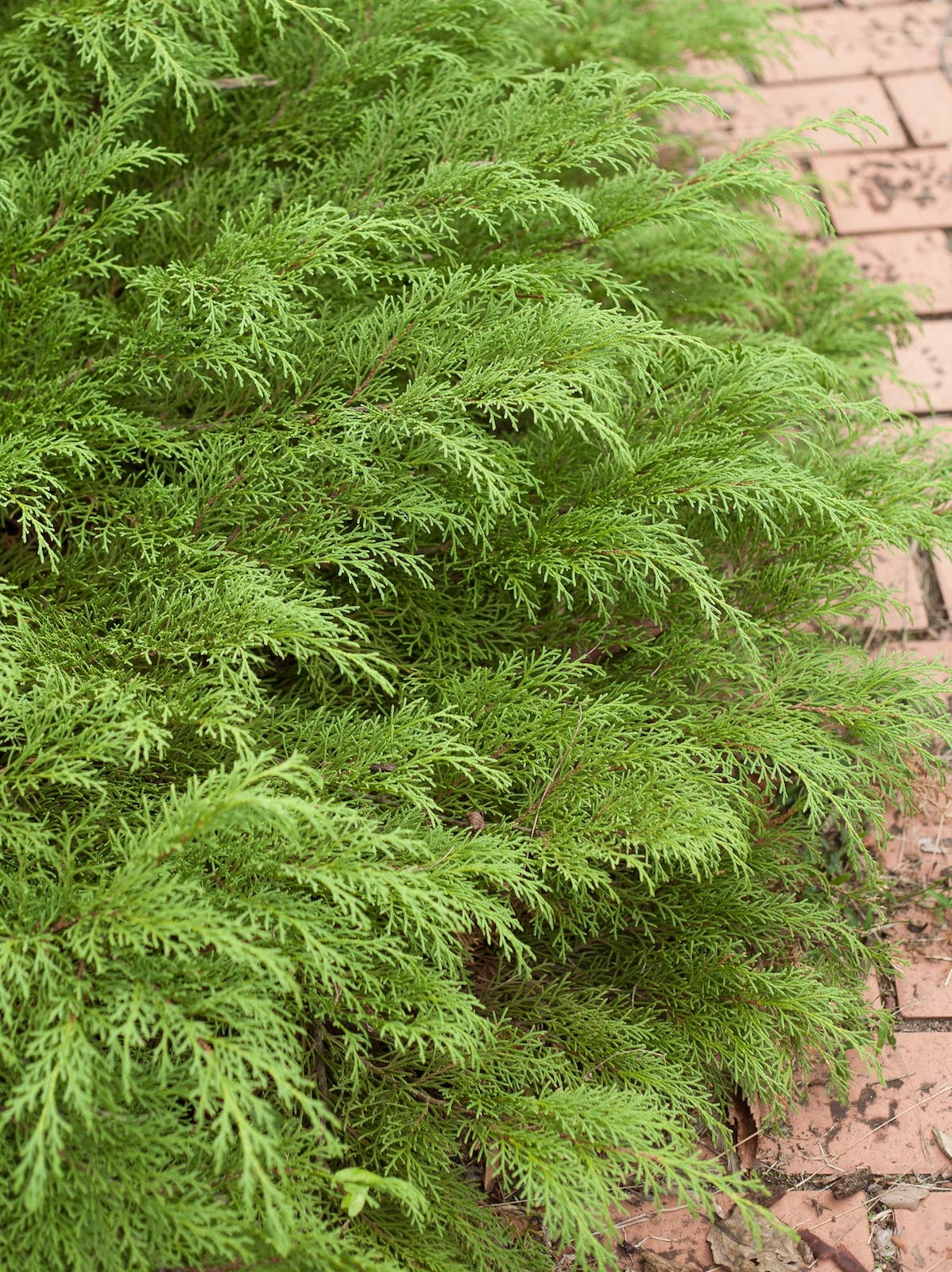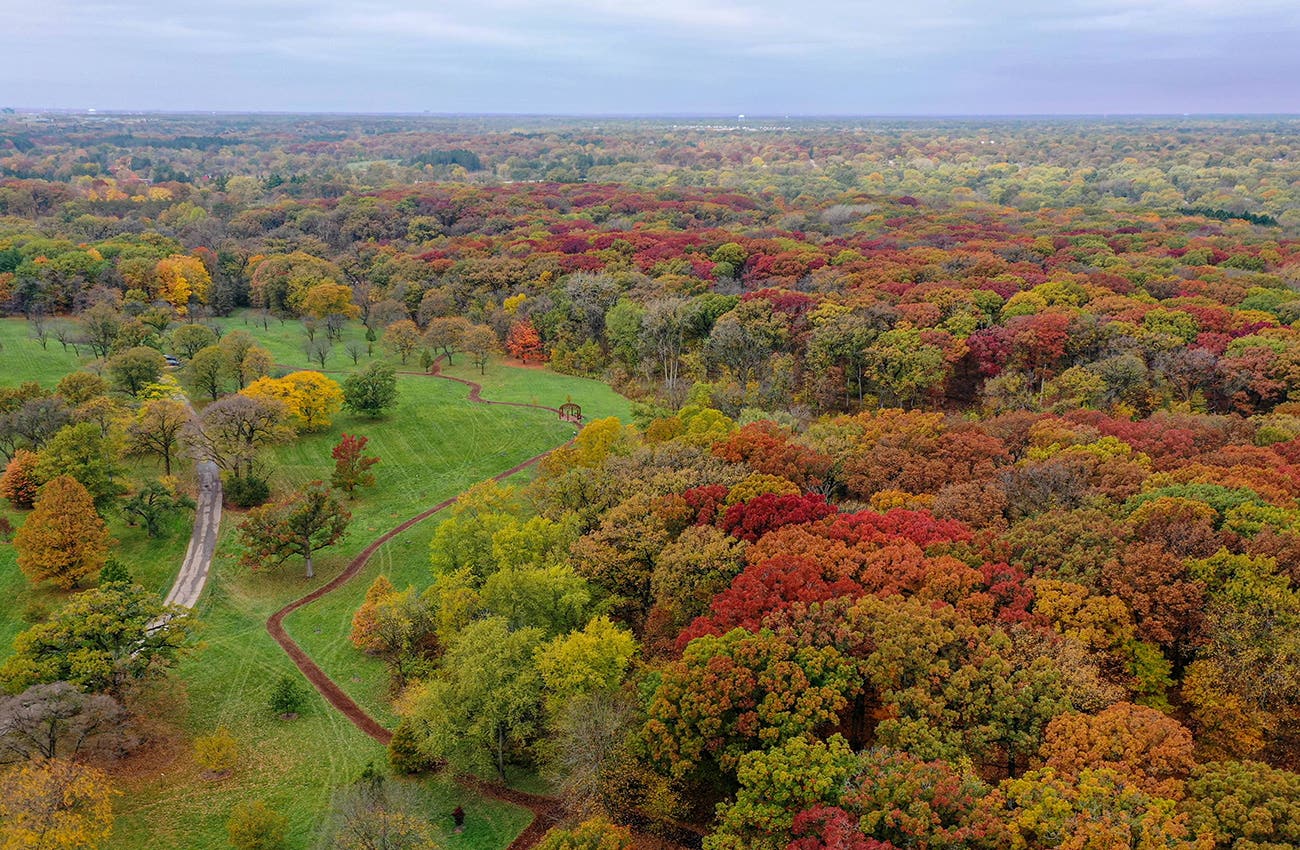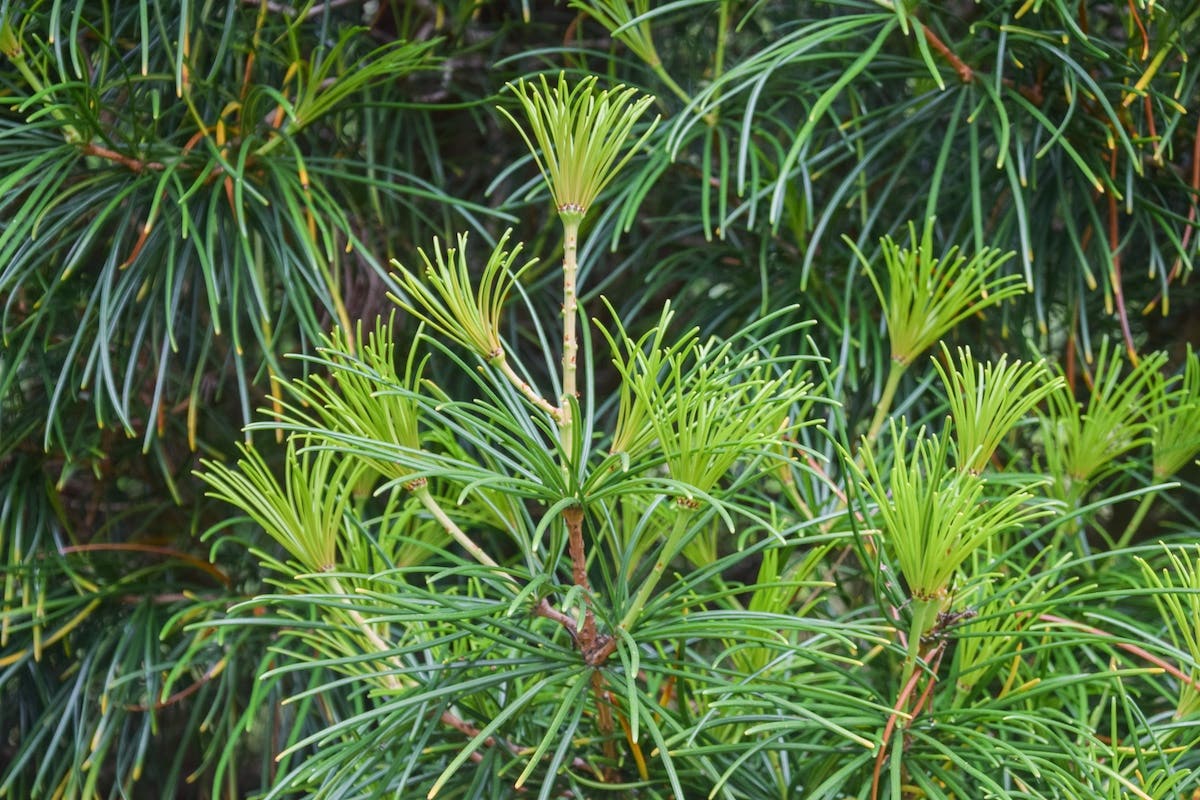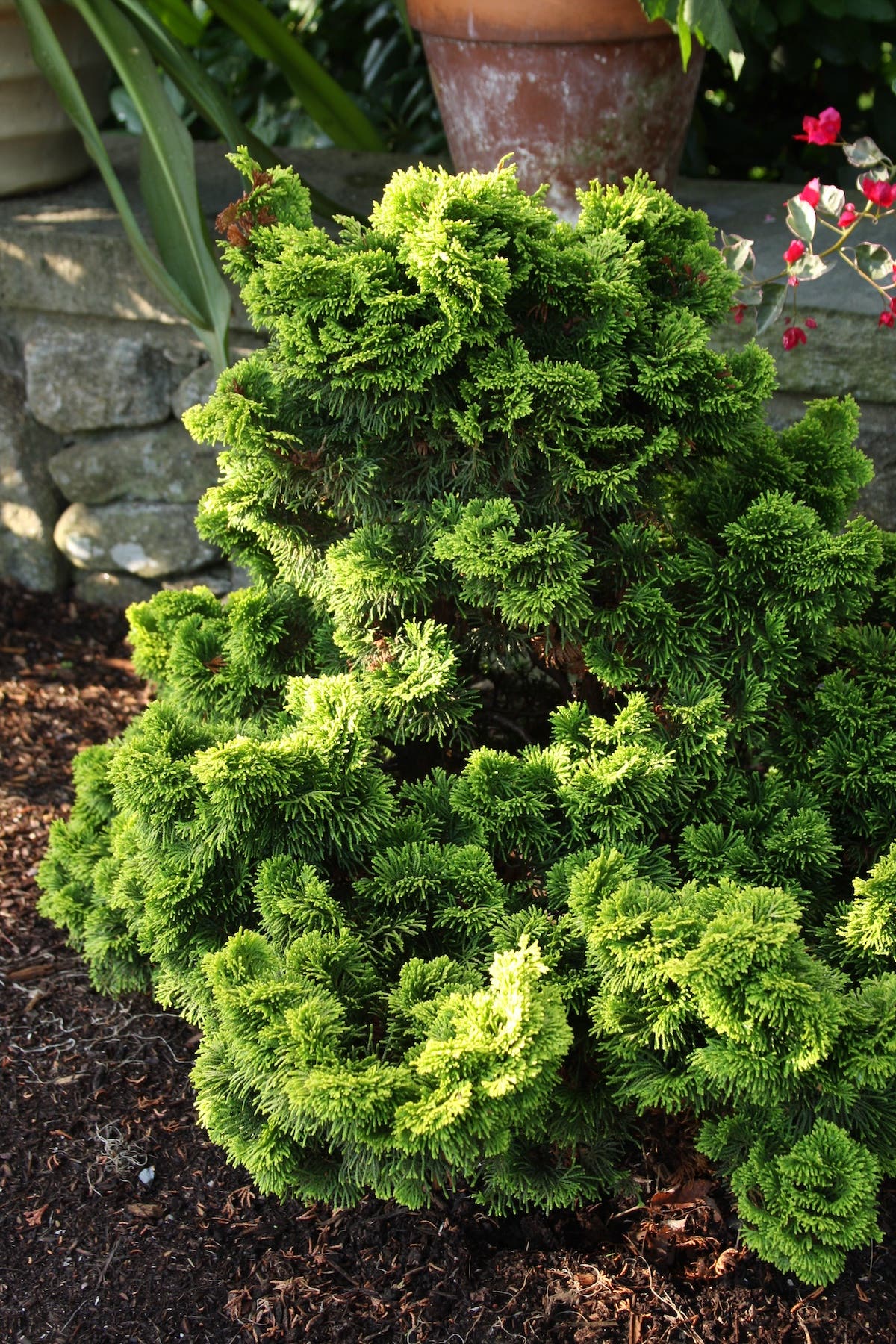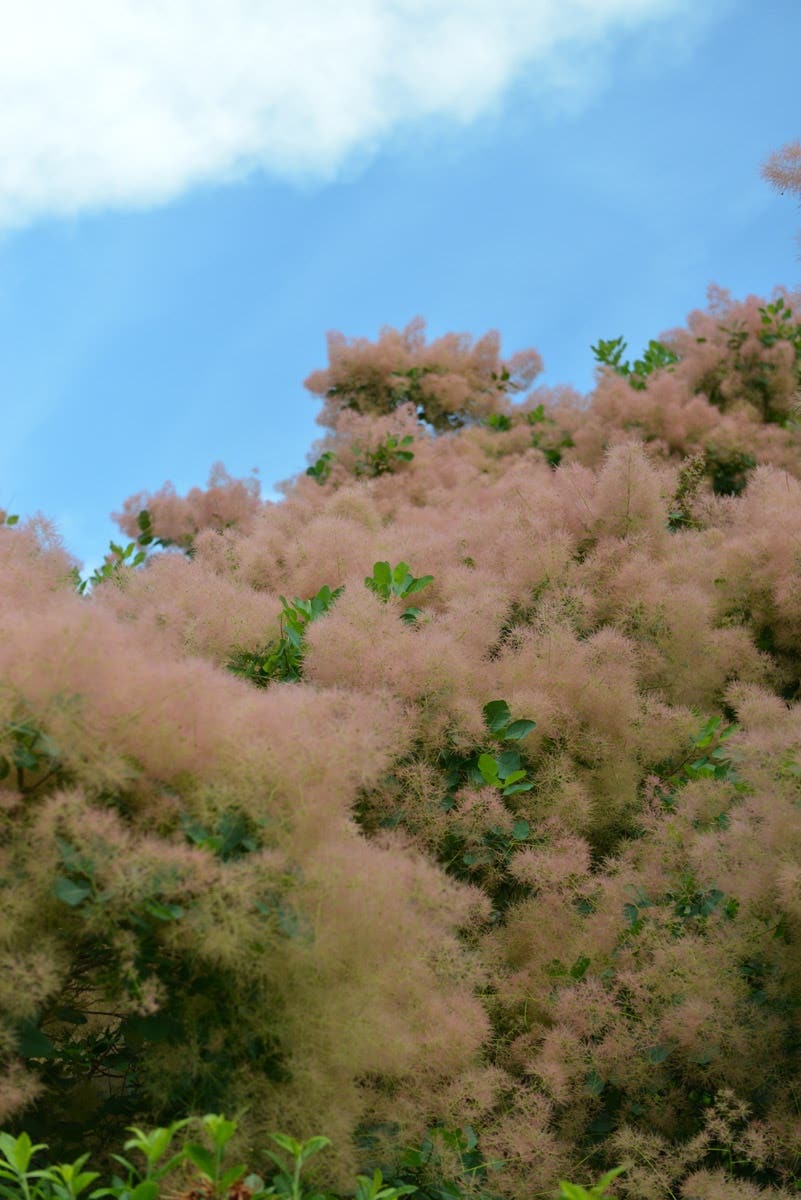Tough Plants: Recommendations from Alcatraz Gardens
Alcatraz, the maximum-security federal prison in San Francisco Bay, closed its doors in 1963, but it continues to capture interest and inspire works of fiction and non-fiction in various media….
Alcatraz, the maximum-security federal prison in San Francisco Bay, closed its doors in 1963, but it continues to capture interest and inspire works of fiction and non-fiction in various media. A surprising aspect of the island prison also persists to spur creativity: its cultivated plant life.
History of Alcatraz Gardens
The plants, along with soil and water in which to grow them, were first brought to the barren Alcatraz Island around 1854, when it was used as a lighthouse station. Soon after, it became a military fortress. The military residents, and later military inmates, gardened to fill their time and to create a sense of beauty for their new homes. In the early 1930s, the island changed hands to become the well-known maximum-security prison. The prison guards and their families continued the upkeep of the gardens and even allowed the high-risk inmates to expand them. With the closure of the penitentiary, the gardens fell into disarray, but restoration began in 2003 under a collaboration of the Garden Conservancy, Golden Gate National Parks Conservancy and the National Park Service, working together to preserve and improve Alcatraz gardens. (Visit the Gardens of Alcatraz website for more history and visitor's info.)
The goal for rehabilitating the gardens was to capture the look and feel provided by historic photographs. This interpretation allowed for the flexibility to introduce new plants to the palette, chosen for their drought tolerance, disease resistance and varied bloom times.
Tough-As-Nails Plants on Alcatraz
A plant inventory conducted in 2005 revealed just over 200 species of plants coping with the island’s Mediterranean climate of dry summers and wet winters. The USDA places Alcatraz Gardens in Zone 10b, with low temperatures ranging from 35˚F to 40˚F. While these are mild temperatures, there is a near constant breeze. Meanwhile, 4,000 western gulls call the island home during their nesting season (February to September). It’s a challenging spot to garden, to say the least.
The rehabilitation and maintenance of the gardens have relied on volunteers working alongside staff. The volunteer application asks why the applicant wants to volunteer. Replies often include “to help save native plants.” Ironically, though, in this National Park there are very few native plants. In fact, there’s hardly anything at all truly native to this island, which serves as a rookery for seabirds and in its natural state offered only thin soil and sparse grasses.
Here are a few favorite drought-tolerant, tough-as-nails plants found within the Alcatraz gardens:
Pride of Madeira (Echium candicans): This rounded evergreen subshrub grows 4 to 6 feet or taller, with grayish green leaves and dramatic spikes of blue-purple flowers in spring and summer.
Iceplants: These southern African succulent groundcovers burst with daisylike flowers in late winter and spring. Favorites at Alcatraz include trailing iceplant (Lampranthus spectabilis), with magenta flowers; and rosea iceplant (Drosanthemum floribundum), with purple flowers that seem to glitter.
Fox-tail agave (Agave attenuata): This is a favorite agave because its wide, arching, pale green leaves lack a sharp tip. It grows 4 to 5 feet tall and wide.
Penstemon heterophyllus: A compact California-native beardstongue, it boasts a low, dense habit to 14 inches tall and wide. It covers itself with wands of electric-blue flowers in spring to the delight of hummingbirds and butterflies.
California fuchsia (Epilobium canum): This California native formerly known as Zauschneria bursts with red-orange tubular flowers in summer, when many other natives have gone dormant.
Echeverias: These sculptural succulents add color in or out of flower. Blue rose echeveria (E. imbricata) has low rosettes of smooth blue-green leaves that echo the colors of the sea; fuzz-covered E. pulvinata carries its leaves at the tops of rust-colored stems.
Text adapted from "A Hardened Garden" by Shelagh Fritz, Horticulture January/February 2016. Image credits: Top three images by Jeanette Sinclair. Penstemon heterophyllus by Tom Hilton/CC BY 2.0. California fuchsia by Dana L. Brown/CC BY-SA 4.0. Echeveria by Mariagrazia Viezzer.


